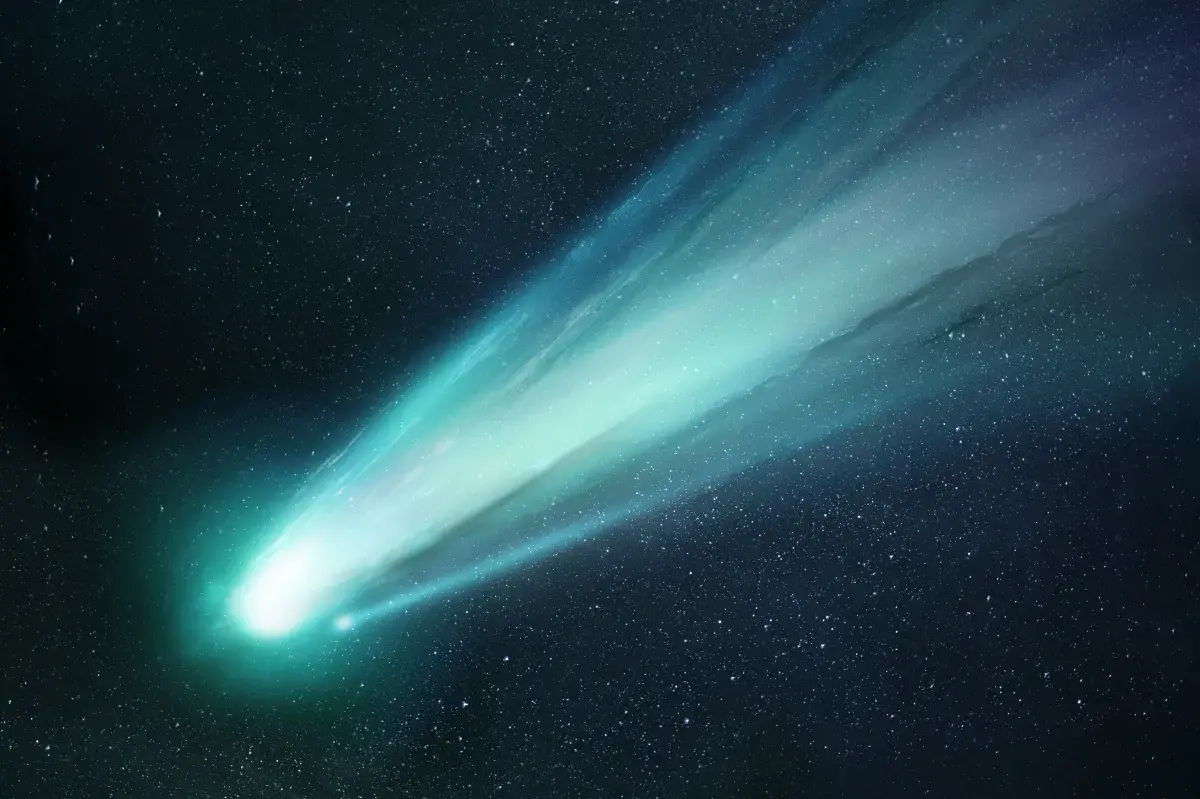Copyright Newsweek

A rapid surge in the brightness of interstellar comet 3I/ATLAS as it neared its closest approach to the sun on Wednesday October 29 was been observed by watching spacecraft. Earlier this week, Harvard professor Avi Loeb told Newsweek that the comet’s behavior at perihelion—the point on its orbital course that brings it closest to the sun—will serve as an “acid test” to help assess whether it shows signs of being an extraterrestrial spacecraft, as the astrophysicist has speculated. Separately, scientists reported the dramatic brightening of the interstellar object—which was originally discovered back in July this year—in a preprint study, which has yet to be peer-reviewed. “The reason for 3I’s rapid brightening,” the authors noted in their paper, “remains unclear.” The researchers continued: “We report photometry [the type of science that measures light] from STEREO-A's SECCHI HI1 and COR2, SOHO's LASCO C3, and GOES-19's CCOR-1 instruments [spacecraft and telescopes] in 2025 September–October, which show a rapid rise in the comet's brightness,” the authors wrote. “Furthermore,” they added, “LASCO color photometry shows the comet to be distinctly bluer than the Sun, consistent with gas emission contributing a substantial fraction of the visible brightness near perihelion.” Their analysis suggests the comet will “likely emerge from conjunction considerably brighter than when it entered” which could be “perhaps driven by prominent, visible gas emission.” Loeb–who previously explained what factors will he says will help determine if the comet is indeed more than it appears—shared his thoughts on the rapid brightening. “The appearance of 3I/ATLAS as bluer than the Sun is very surprising. Dust is expected to redden the scattered sunlight and the surface of the object is expected to be an order of magnitude colder than the 5,800 degrees Kelvin at the photosphere of the Sun, resulting in it having a redder color than the Sun,” he told Newsweek. “We must therefore add the blue color at perihelion as a ninth anomaly to the list of unexpected properties of this strange interstellar object.” The existing eight surprising qualities, he said, earned comet 3I/ATLAS a rank of 4 out of 10 on the "Loeb scale," suggesting a possible technological origin. These included that the comet’s trajectory is aligned to within 5 degrees with the ecliptic plane of the planets around the Sun and during July and August 2025 it displayed a sunward jet (anti-tail) that is not an optical illusion from geometric perspective, unlike familiar comets. Its nucleus is also far bigger than other notable comets, while its arrival time was fine-tuned to bring it within tens of millions of kilometers from Mars, Venus and Jupiter and be unobservable from Earth at perihelion, along with other unexpected properties. NASA reports that "comet 3I/ATLAS poses no threat to Earth and will remain far away." Do you have a tip on a science story that Newsweek should be covering? Do you have a question about comets? Let us know via science@newsweek.com. References Loeb, A. (2025, October 30). A Q & A on 3I/ATLAS at Perihelion. Medium. https://avi-loeb.medium.com/a-q-a-on-3i-atlas-at-perihelion-62b7d592519b



